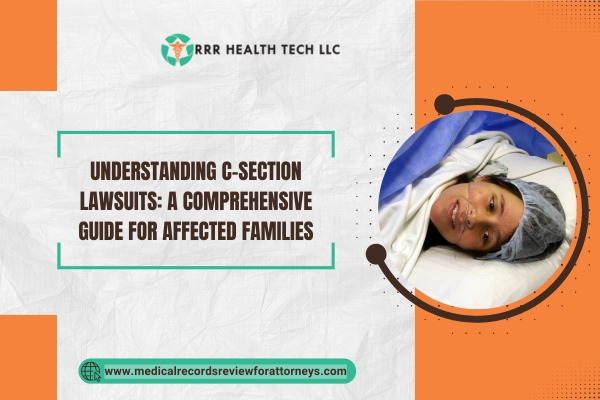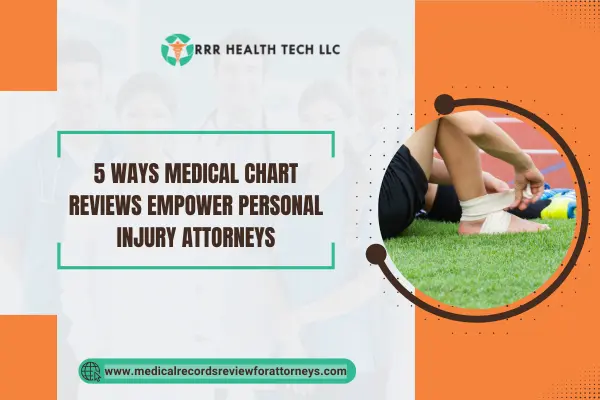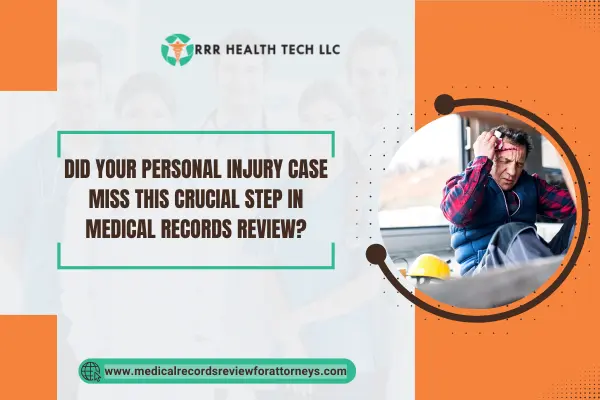
Introduction
C-section is a common medical procedure used for baby deliveries over vaginal births due to safety reasons. C-sections can sometimes be complicated. As a result, they can cause severe injuries to mothers and babies. In this article, we will discuss the types of lawsuits focused on C-section and tips on how to file them, reviewing medical records as part of the evidence, and legal means a family can use to win a case.
What is a C-Section?
Definition and Purpose
A cesarean section is a surgical procedure where an incision is made on the abdomen and uterus of the mother in order to deliver a baby. A C-section is typically done when:
• A fetus is positioned in a manner unfriendly for delivery
• Signs on fetal distress are noticed
• Delivering a baby through the vagina is countertop to the mother’s health
Statistics on C-Sections
A c-section is one of the most common surgical procedures in the world. The Center for Disease Control and Prevention (CDC) estimates approximately 32% of deliveries in the United States happens via C-section. This figure showcases the common use of this surgical procedure.
Common Complications Leading to C-Section Lawsuits
Types of Injuries
C-section complications can lead to various injuries, including:
- Fetal Injuries: These may include nerve damage, lacerations, and conditions such as cerebral palsy.
- Maternal Injuries: Mothers may experience infections, excessive bleeding, or damage to internal organs.
Causes of Negligence
Negligence in C-section procedures can occur due to:
• Failure to Monitor: Not observing the status of the mother and unborn child during the labor period.
• Surgical Errors: An error within the surgical procedure, like wrong cut or not properly closing an opened wound.
• Informed Consent Issues: Not notifying the mother on the possible side effects of the exercise.
The Legal Framework for C-Section Lawsuits
Grounds for Filing a Lawsuit
Families may pursue legal action based on:
• Medical Malpractice: The legal definition of substandard treatment of a patient by a health care professional.
• Informed Consent Violations: There is failure to prove complete disclosure of the C-section associated risk to the mother.
Statute of Limitations
Different states have a different duration for filing a lawsuit, mostly from one to three years after the occurrence. It is important that their family members have an early communication with a lawyer for assistance with protection of rights.
The Role of Medical Records Review
Importance of Medical Records
In every circumstance, medical records play a very crucial role in substantiating the details of a case. These records comprise;
- Prenatal Care Notes;
- Delivery Records, and;
- Post-Operative Assessments.
How We Assist Attorneys
As a medical records review company, we provide essential services to attorneys by:
- Undertaking Extensive Reviews: Scrutinizing medical records for possible malpractice issues and their evidence.
- Expert Witnesses: Assisting medical professionals in giving evidence regarding established norms and noncompliance with such norms.
Steps to Take After a C-Section Injury
Initial Consultation with an Attorney
While families should anticipate medical malpractice, finding a legal expert to pursue a lower claim may prove fundamental. Medical malpractice is somewhat complicated, however, a professional attorney can assist.
Gathering Evidence
One of the primary steps to build a strong case is to obtain medical and relevant records. Examples of such include;
- Hospital discharge summaries;
- Surgical notes, and;
- Any exchanged letters with the medical practitioner.
Filing the Lawsuit
Once sufficient evidence is gathered, the attorney will file a complaint in the appropriate court, outlining the claims against the healthcare providers.
Case Studies
Case Study 1: Fetal Laceration
Summary: A woman was in continuous labor and therefore had to undergo C-section delivery. There was a laceration to the infant during the delivery.
Challenges: Proving that the cut was a direct offshoot of the medical negligence.
Solutions: A careful analysis of the secondary medical files established that there were lapses within the surgical team during the conduct of the procedure.
Case Study 2: Maternal Infection
Overview: A mother had a post C-section infection that worsened due to lack of proper care during the operation.
Challenges: Substantiating that the infection was due to irresponsible practices.
Solutions: Lack of compliance with sterilization processes was indicated by medical records that they have been maintained, which led to the infection.
Conclusion
Obtaining a C-section is delicate and so is the subsequent legal action which may be required but has the potential to make equitable justice available to deserving people. In the event of impaired duty during a C-section C, it is advisable to speak to a seasoned lawyer capable of taking you through the maze as well as the amount of help you are looking for.


